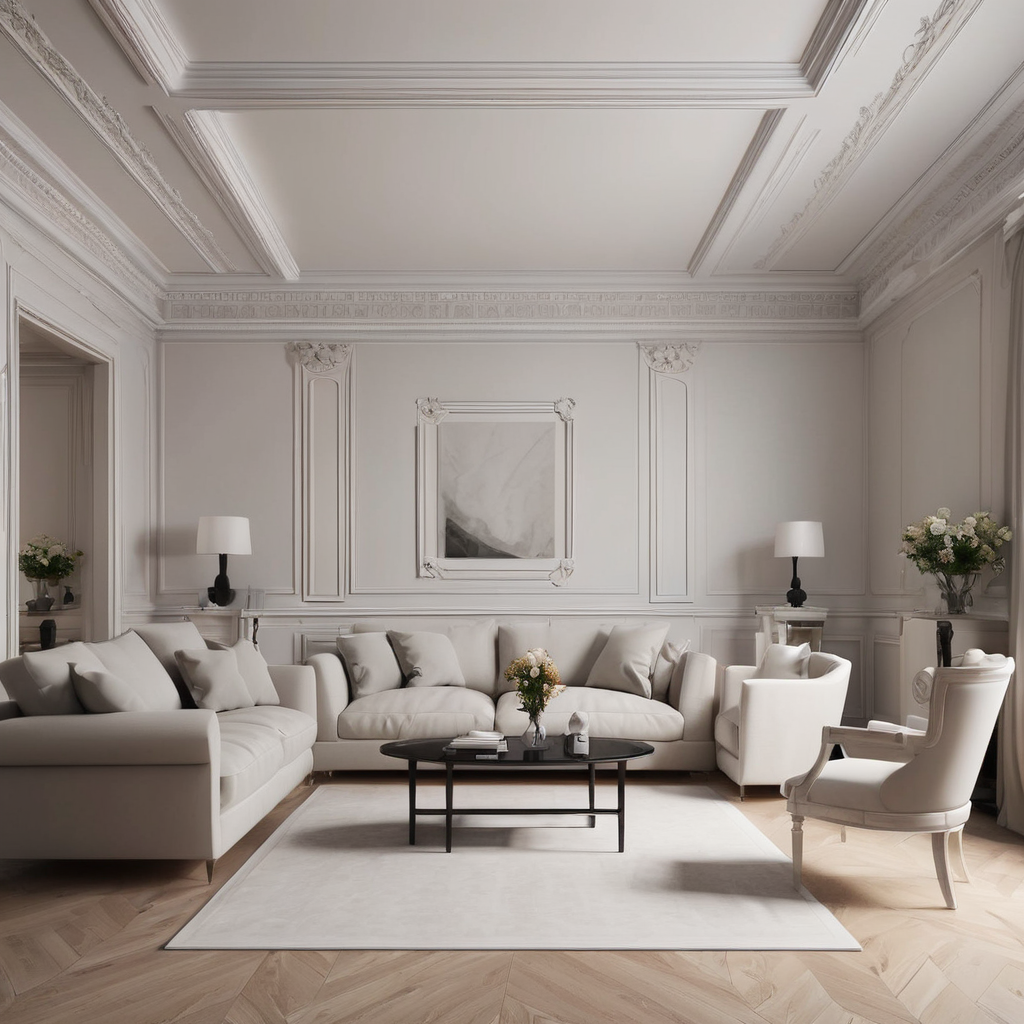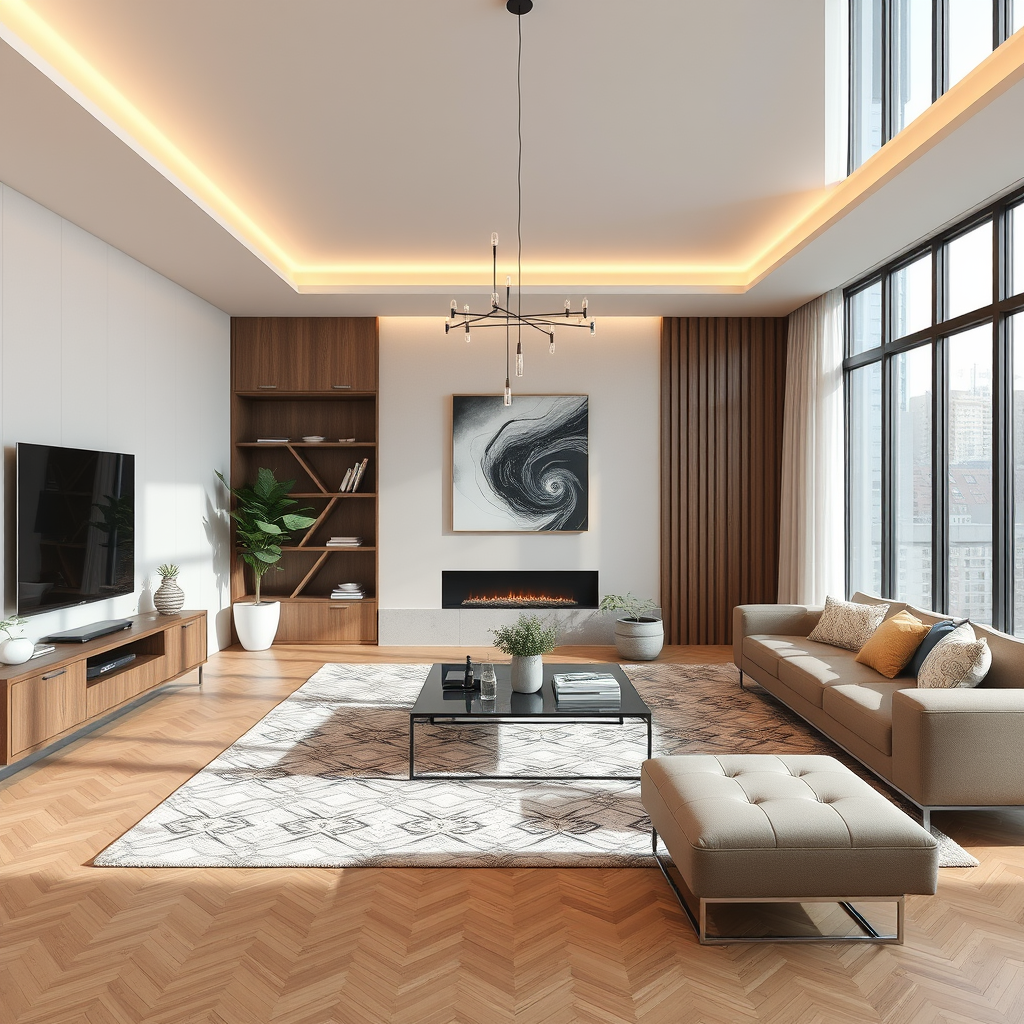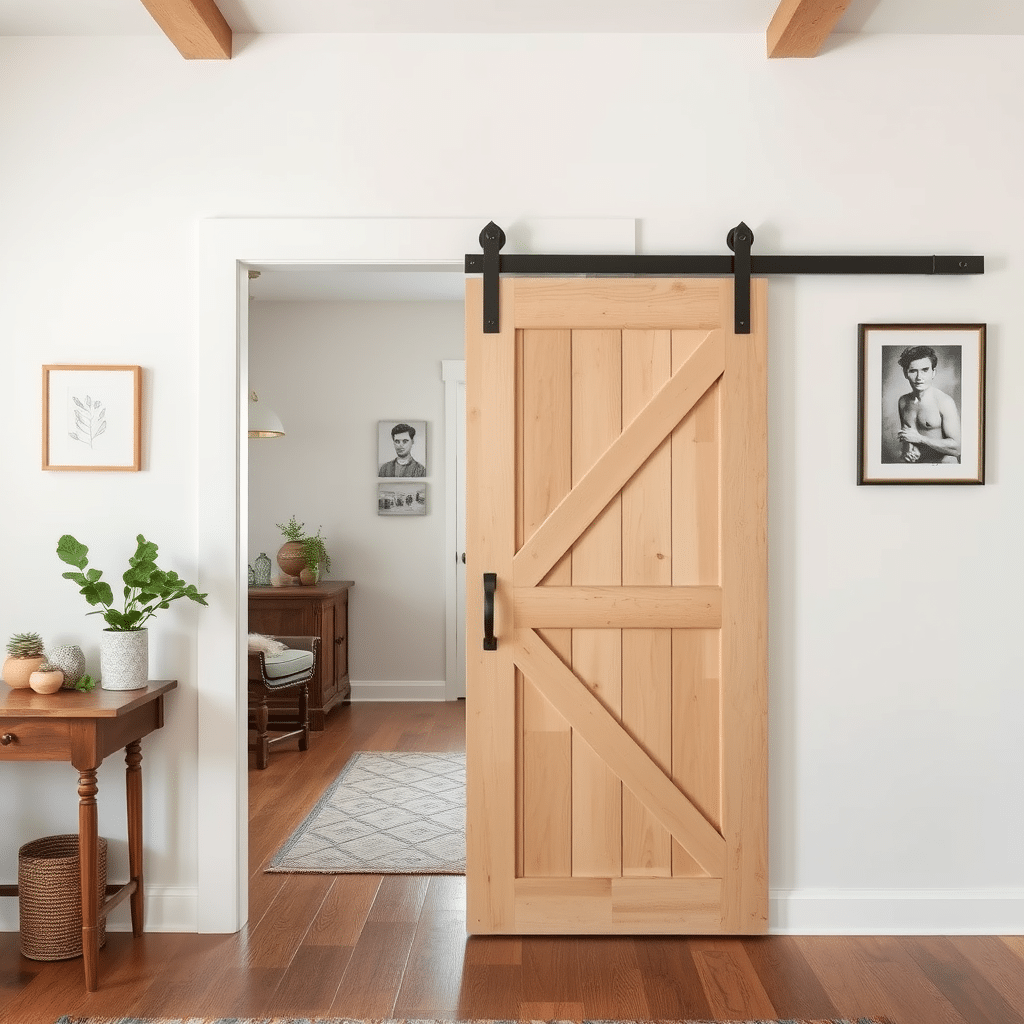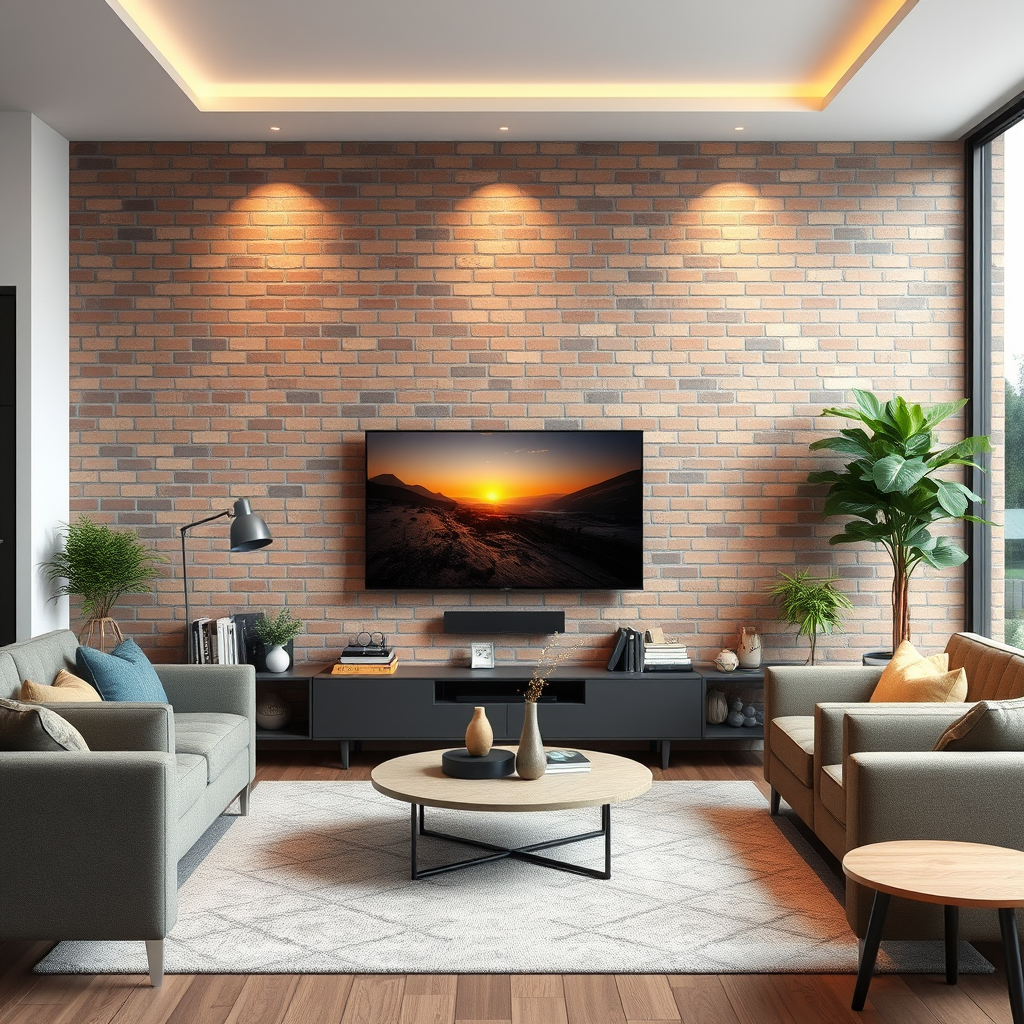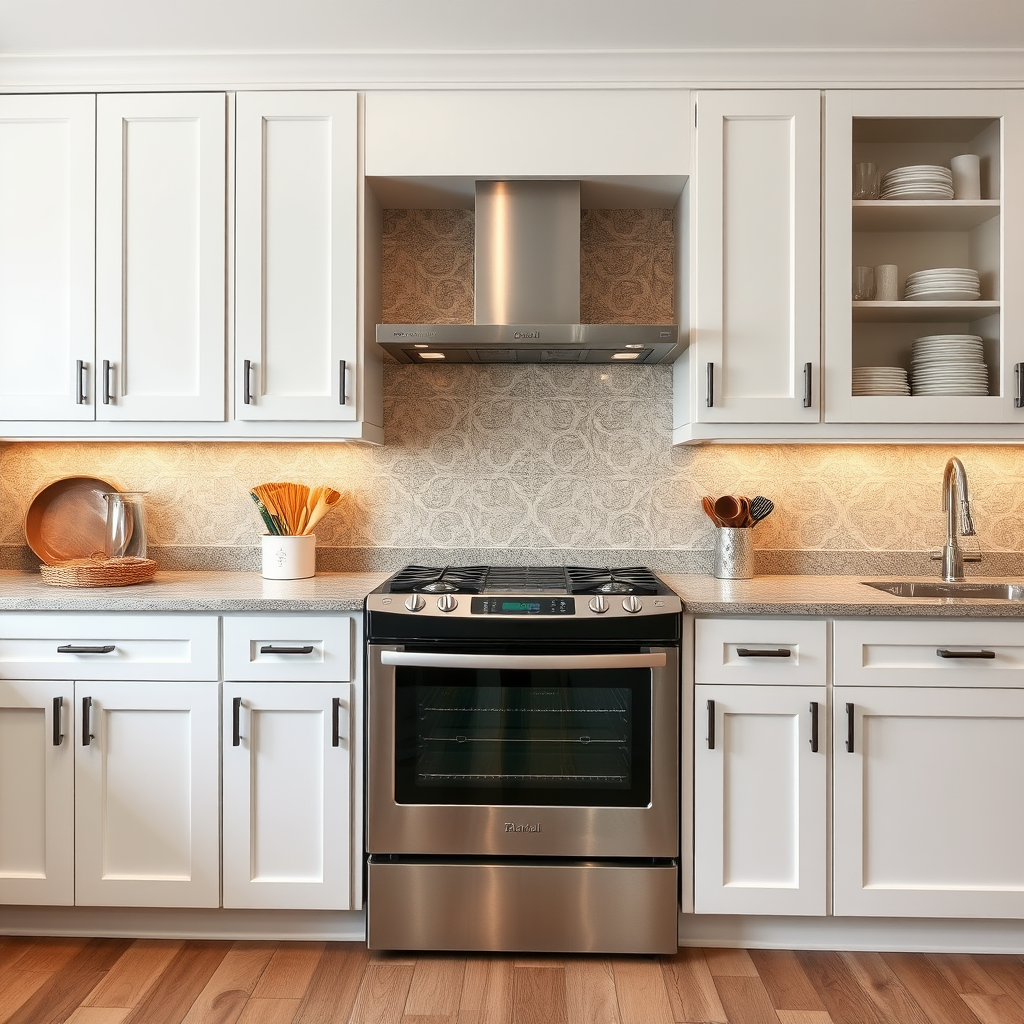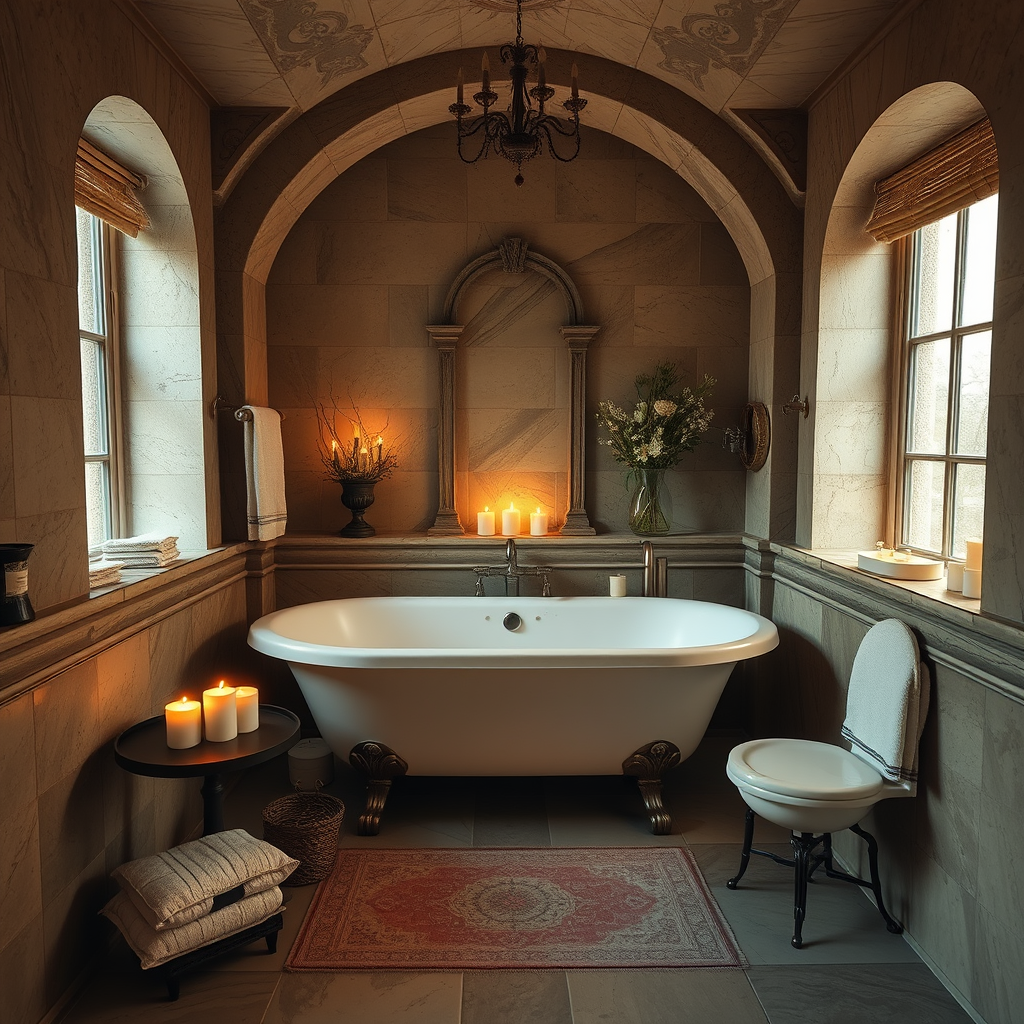In the realm of interior design, the devil is in the details, and few details are as transformative and timeless as molding. Molding, also known as trim or millwork, serves not only as a decorative accent but also as a functional element that can enhance the architectural appeal of any space. From traditional to contemporary settings, molding adds depth, character, and sophistication to interiors, making it a popular choice among designers and homeowners alike.
### Enhancing Architectural Features
One of the primary roles of molding is to accentuate architectural features within a space. Whether it’s crown molding gracing the junction between walls and ceilings, baseboards framing the meeting point of floors and walls, or chair rails dividing walls vertically, each type of molding serves a distinct purpose. By highlighting these architectural details, molding adds visual interest and elevates the overall design scheme.
### Creating Visual Interest
Beyond its architectural function, molding serves as a design element that adds texture and visual interest to otherwise plain surfaces. From intricate designs to simple, clean lines, molding comes in a variety of styles to suit different aesthetic preferences and interior themes. Whether you prefer the ornate elegance of Victorian-era crown molding or the sleek minimalism of contemporary profiles, molding allows for endless creative possibilities.
### Defining Spaces
Molding can also be used strategically to define different areas within an open-concept floor plan. By incorporating chair rails, wainscoting, or panel molding, designers can visually segment spaces, creating distinct zones for living, dining, or working areas. This not only adds structure to the layout but also enhances the flow and functionality of the space.
### Concealing Imperfections
In addition to its decorative and defining functions, molding can also serve a practical purpose by concealing imperfections in walls, ceilings, and flooring. Baseboards, for example, cover the joint between walls and floors, hiding gaps and uneven edges. Similarly, crown molding can disguise irregularities in ceiling height or uneven transitions between walls and ceilings, creating a seamless and polished look.
### Versatility in Material and Finish
Molding comes in a variety of materials, including wood, plaster, composite, and PVC, each offering unique advantages in terms of durability, cost, and aesthetics. Wood molding, with its natural warmth and beauty, remains a popular choice for traditional and classic interiors. However, modern alternatives like composite and PVC molding offer greater resistance to moisture and warping, making them ideal for high-moisture areas like bathrooms and kitchens.
### Installation and Maintenance
While the installation of molding may require professional expertise, particularly for intricate designs or unconventional materials, it is generally a straightforward process that can significantly enhance the value and appeal of a home. Once installed, molding typically requires minimal maintenance, with occasional dusting or cleaning to keep it looking its best.

